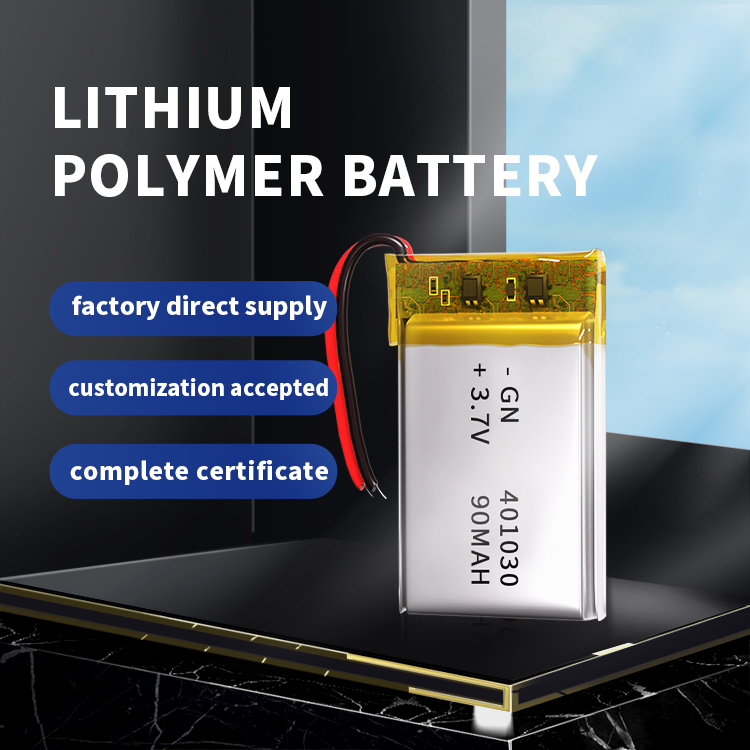

An introduction to the vacuum distillation recycling technology of scrap nickel-cadmium batteries provided by electronic enthusiasts. An introduction to the vacuum distillation recycling technology of scrap nickel-cadmium batteries. Nickel-cadmium batteries have the advantages of cheap price, high capacity, good rechargeable and dischargeable performance, large instantaneous current and good safety performance. advantage. According to statistics, in 2000 the world
Introduction to vacuum distillation recovery technology of scrap nickel-cadmium batteries
Nickel-cadmium batteries have the advantages of cheap price, high capacity, good rechargeable and dischargeable performance, large instantaneous current and good safety performance. According to statistics, in 2000, the sales volume of nickel-cadmium batteries around the world was approximately 1.4 billion, with sales of US$1.4 billion. And in the next few years, nickel-cadmium batteries will still occupy an important share of the market.
China is a major producer and user of nickel-cadmium batteries. In 2000, sales of nickel-cadmium batteries increased by 30%. Such a large number of nickel-cadmium batteries not only bring convenience to people, but also create serious environmental problems. If it can be recycled, it will not only avoid environmental pollution, but also save limited resources.
This paper develops a vacuum-assisted recycling experimental device for nickel-cadmium batteries, and uses vacuum distillation and regional smelting selective recovery technology together to recycle waste nickel-cadmium batteries.
Vacuum assisted recovery system
Vacuum pyrolysis of nickel-cadmium batteries, placing the nickel-cadmium batteries into a vacuum distillation furnace
in conclusion
1) Vacuum distillation can better separate the components of nickel-cadmium batteries and obtain metallic cadmium with a purity greater than 99%.
2) The effective distillation temperature of cadmium should be selected between 573 and 1173K.
3) When the system pressure is 10pa, between 773 and 1173K, the cadmium content in the distillation residue decreases significantly when the temperature increases; when the distillation temperature is 1173K, and the pressure is reduced between 80 and 20pa, the cadmium content in the distillation residue is Downtrend.

Popular recommendation
601435 polymer battery.Research on the recycling and reuse of lithium, nickel, cobalt and other lith
2023-10-08CR3032 battery.Research on new rectifier power supply for DC electric arc furnace
2023-10-081.5v Button battery.What are the wiring methods for iron lithium-ion battery protection board?
2023-10-14CR1625 battery.LG successfully developed the world's most efficient solar energy storage battery wit
2023-10-08AG6 battery.A new high-performance, low-cost sodium-type dual-ion battery was successfully developed
2023-10-14R6 Carbon battery.The Australian Standards Association announces new specifications for the installa
2023-10-0918650 battery 3.7v 6000mah.What is the significance of studying the health status of lithium-ion bat
2023-10-08AG8 battery.18650 lithium ion battery winding process precautions
2023-10-0912v 50ah lifepo4 lithium battery pack.Toyota's magnesium battery research has made breakthrough prog
2023-10-08Nickel Hydride No. 5.Policies guide the development of high-energy-density battery technology and ne
2023-10-08LR6 alkaline battery.Study on the mechanism of failure of 18650 cylindrical lithium-ion battery caus
2023-10-09lifepo4 battery calb 200ah 3.2v.210mAh/g! The company breaks through the core technology of high-nic
2023-10-08